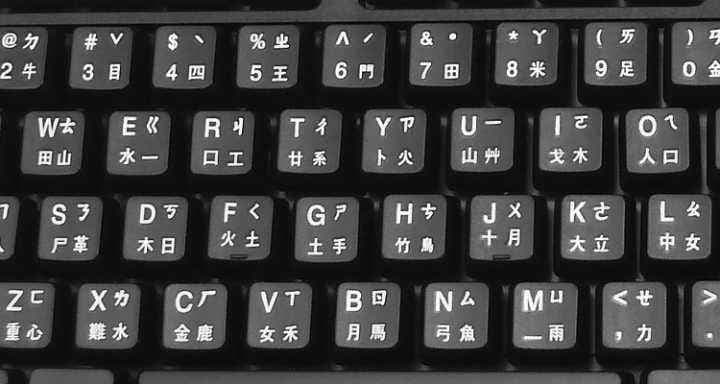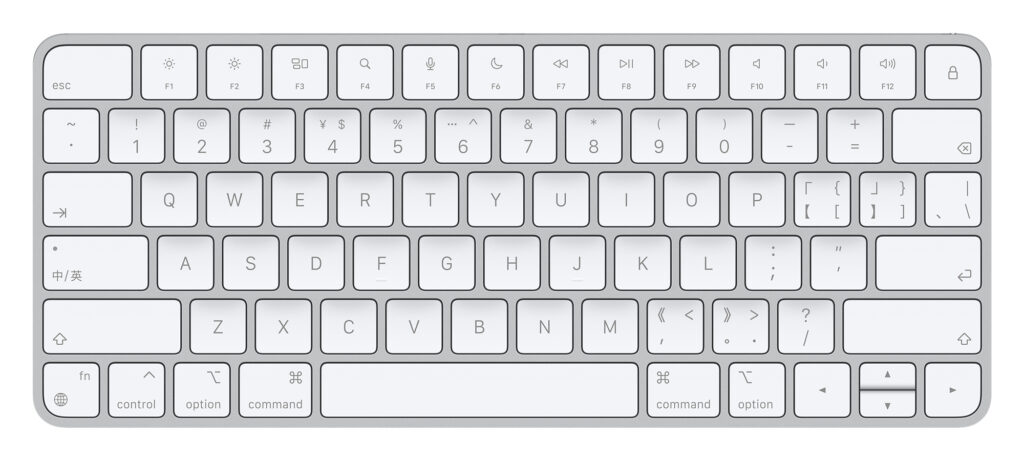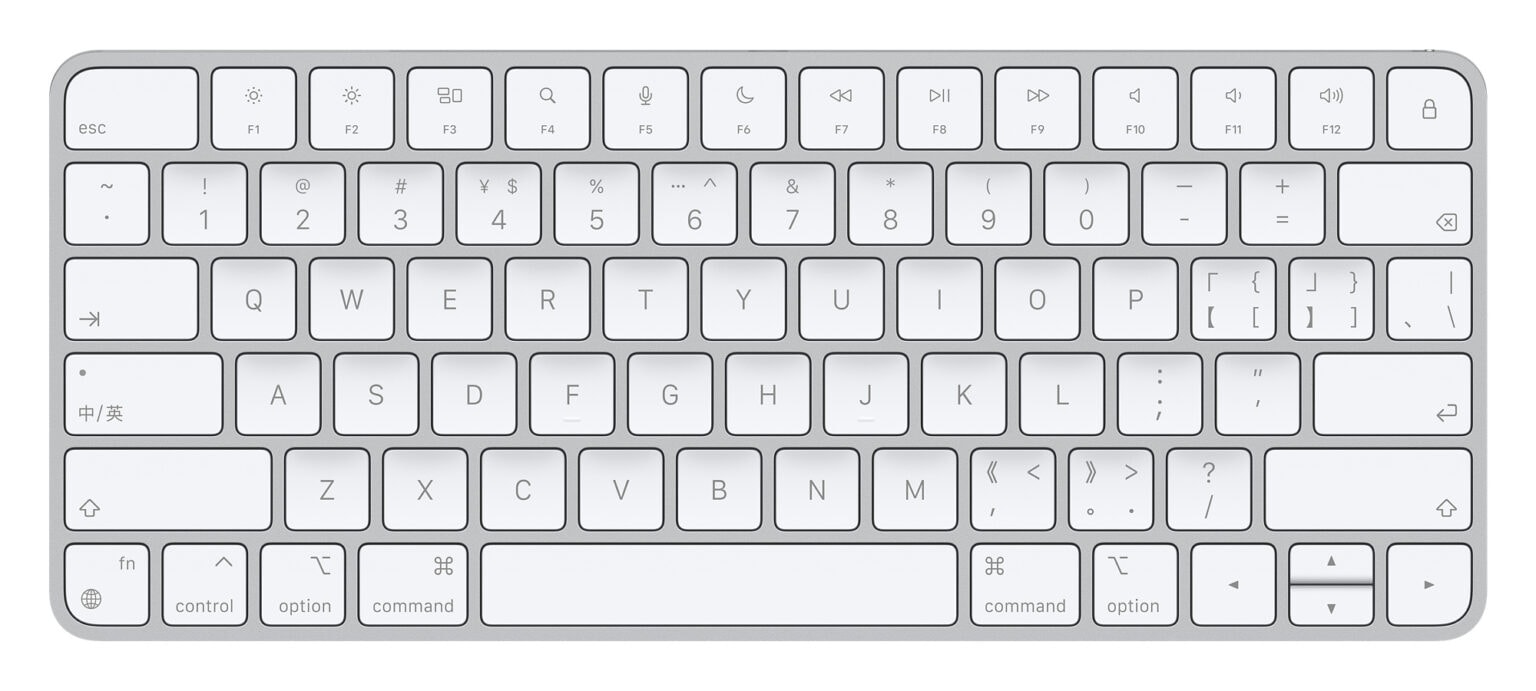Chinese keyboards are different from the standard keyboards that are commonly used in the Western world. While the standard keyboard features a QWERTY layout and 26 alphabetic letters, the Chinese keyboard features a different layout and characters used in the Chinese language.
This makes typing in Chinese a unique experience and requires a different approach from typing in Western languages.

For starters, the Chinese language uses a logographic writing system, meaning that each character represents a word or a concept. There are over 50,000 characters in the Chinese language, but the most commonly used characters number in the thousands. To make typing in Chinese easier, the Chinese keyboard has been designed to include the most commonly used characters.
The layout of a Chinese keyboard can vary depending on the manufacturer, but they all feature the same basic elements. The keyboard typically has a QWERTY layout, with some differences to accommodate the different characters used in the Chinese language. The most significant difference is the inclusion of extra keys to accommodate the additional characters.
Pinyin layout
One of the most popular layouts for a Chinese keyboard is the Pinyin layout, which is based on the Pinyin system of romanization for the Chinese language. This layout arranges the characters based on their pronunciation in Pinyin, making it easier for users to find the characters they need. The Pinyin layout also features a number of special keys, including a space bar, enter key, and a backspace key, as well as special keys for entering Chinese characters, numbers, and symbols.

Wubi layout
Another popular layout for a Chinese keyboard is the Wubi layout, which is based on the Wubi method of inputting Chinese characters. This layout arranges the characters in a radial fashion, with the most commonly used characters located in the center and the less frequently used characters located further away. This layout is considered to be more intuitive and efficient than the Pinyin layout, as it requires fewer keystrokes to enter a character.

Regardless of the layout, all Chinese keyboards feature a combination of letters, numbers, and symbols, as well as special keys for entering Chinese characters. Some keyboards also feature a touchpad or trackball for mouse navigation, making it easier to navigate around the computer and interact with software applications.
The Chinese keyboard is also available in a variety of physical forms, including standalone keyboards, laptop keyboards, and virtual keyboards. Standalone keyboards are standalone units that connect to the computer through a USB or PS/2 port. They are designed for desktop computers and typically feature a full-size layout for maximum comfort and efficiency.
Laptop keyboards are integrated into the laptop computer and feature a smaller size, making them more portable and convenient to use. Virtual keyboards are software applications that run on the computer, allowing users to enter characters using the mouse or touchpad.
In conclusion, the Chinese keyboard is a unique and essential tool for anyone who needs to type in the Chinese language. Whether you are a native Chinese speaker or a Westerner who needs to type in Chinese for work or study, a Chinese keyboard will make your typing experience much easier and more efficient. With a variety of layouts, physical forms, and special keys, there is a Chinese keyboard to meet the needs of any user.
How do the Chinese keyboards work?
Chinese keyboards are similar to traditional English keyboards in terms of layout and functionality, but they offer support for the Chinese script, which is composed of thousands of characters.
There are two main forms of written Chinese: Simplified Chinese and Traditional Chinese. Simplified Chinese is used primarily in mainland China, while Traditional Chinese is used in Hong Kong, Taiwan, and other Chinese-speaking regions. To accommodate the larger number of characters used in written Chinese, many Chinese keyboards offer multiple input methods.
The most common input method is Pinyin, which is an alphabetic system for transcribing the sounds of Chinese characters. With Pinyin, users can type the pronunciation of a word, and the keyboard will display a list of possible characters. The user can then select the desired character from the list.
Another input method is Wubi, which is based on the structure of characters rather than their pronunciation. With Wubi, users input a sequence of keys corresponding to the components of a character, and the keyboard will display a list of matching characters.
There are also keyboard input methods based on the shapes of characters, such as Cangjie and Zhengma. These methods work by inputting sequences of keys that correspond to the components of a character, and the keyboard will display a list of matching characters.
In addition to these input methods, many Chinese keyboards also offer support for handwriting recognition. With this feature, users can write characters directly on the keyboard or on a touchpad, and the keyboard will recognize and input the desired character.
Another feature that is unique to Chinese keyboards is the ability to input tone marks. Chinese characters can have up to four different tones, and the tone of a character can change the meaning of a word. To input tone marks, many Chinese keyboards offer dedicated keys or a combination of keys that can be used to add the desired tone to a character.

